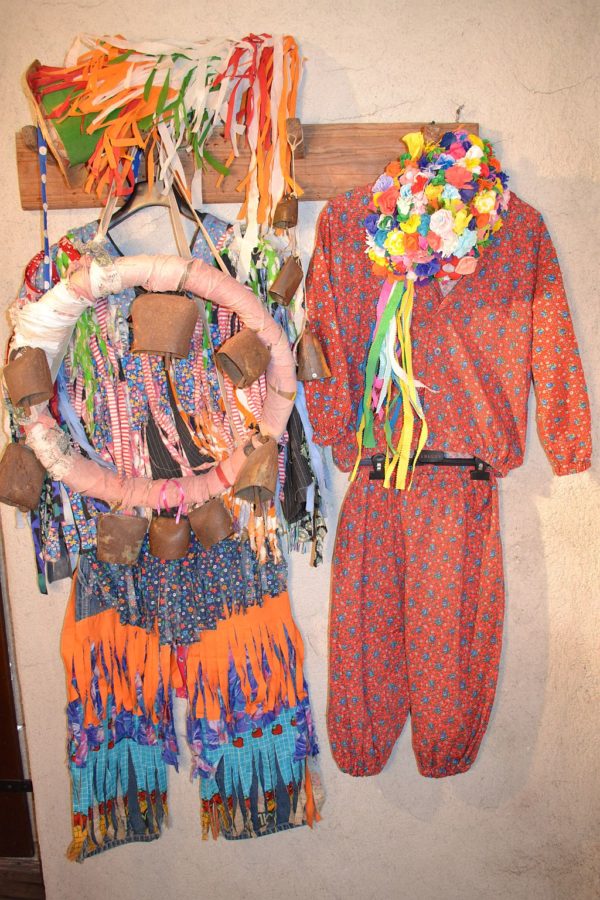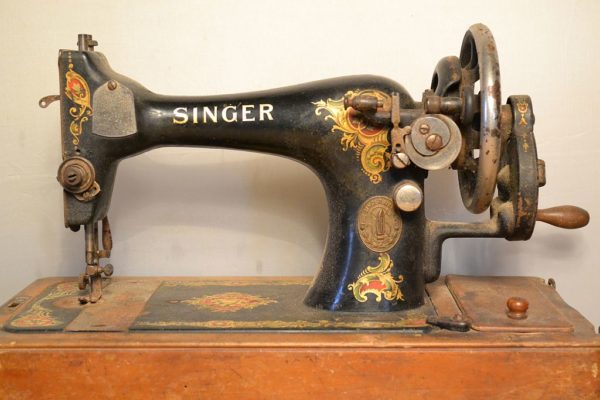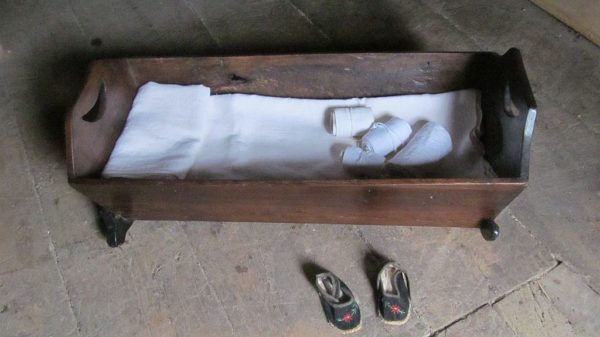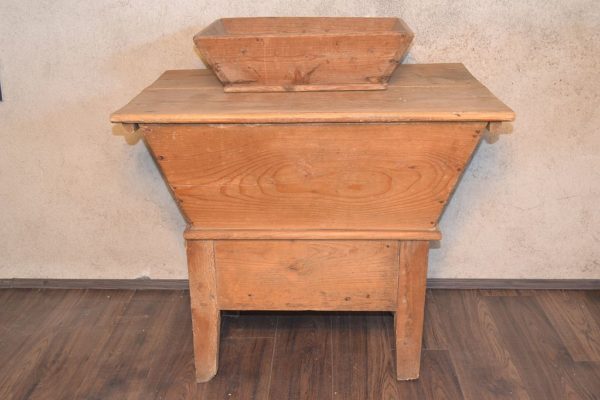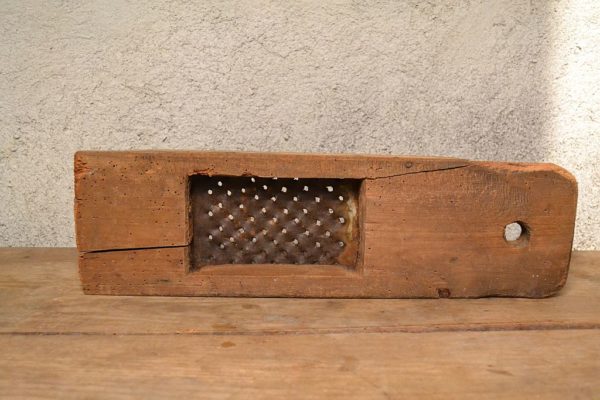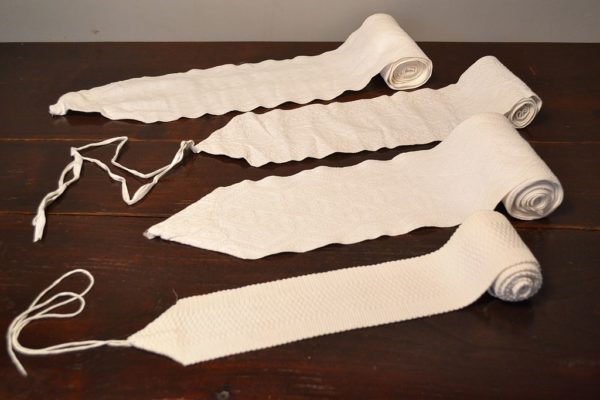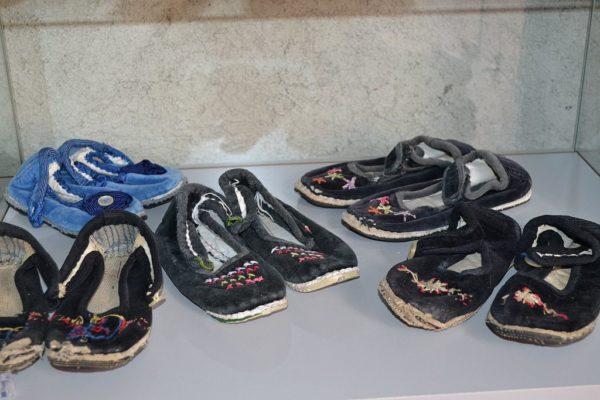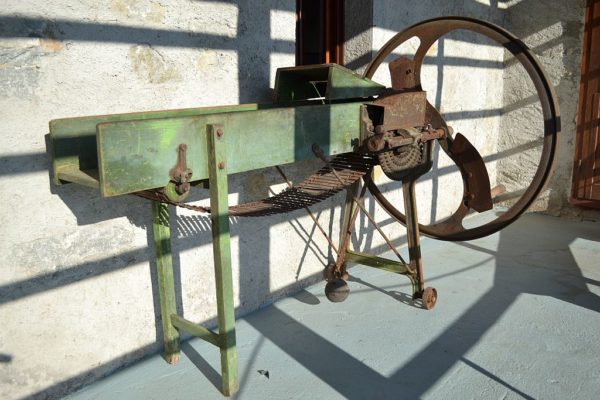The Matajur Museum, in the Gorcova house in Masseris, highlights the aspects of everyday life in the villages on the slopes of Mount Matajur.
The museum’s rooms have been made available by their current owner Silvano Cudrig, who was born and lives in Belgium; his father was from Masseris and his mother from Idrija (Slovenia).
The building, which used to belong to the Cendou-Gorcovi family (Gor tih), is a valuable and well-preserved example of typical rural – popular architecture.
The big and well-finished building (with a lot of balconies, columns…) belongs to the “wealthier” part of the residential architectural heritage. In this area, however, such buildings can never be attributed to nobility, but to families who had assumed, for different reasons, a respectable social position within the community, without however ceasing to be an important part of it.
The building was renovated after the earthquake that hit the Friuli region in 1976 under regional law 30/1977, which provided for the recovery and valorisation of historical, artistic, and environmental heritage.
The last family to live in the Gorcova house was Giorgio Cendou’s family. He died in 1995, aged 43. After coming back from Brazil with his wife, children, and grandchild after the ‘80s, he initially lived in Cividale with his parents, and then spent the last years of his life in Masseris.
The collection has been realised with the cooperation of the Municipality of Savogna and Luisa Battistig Bazielnova.
Entering the “barn”, now transformed into the “Matajur Museum”, from the left and in sequential order, the following exhibitions can be seen:


